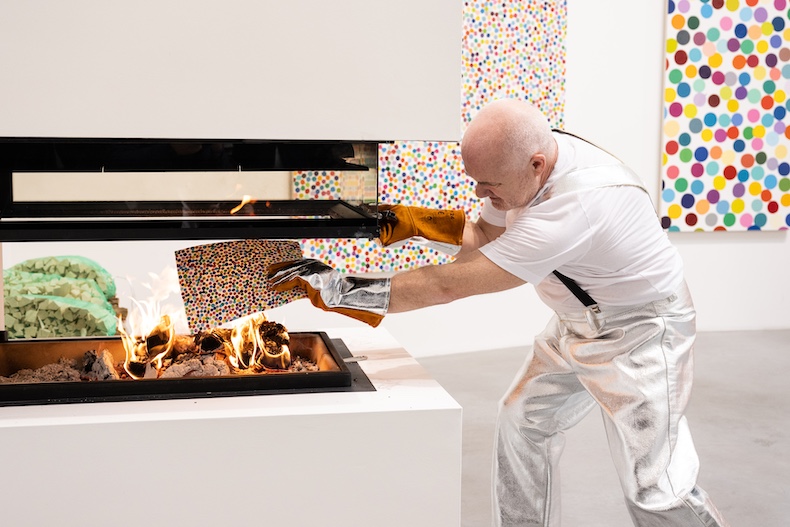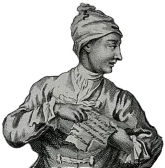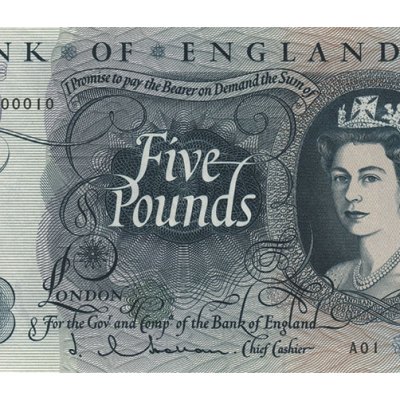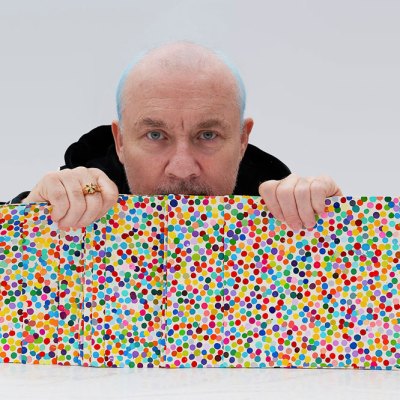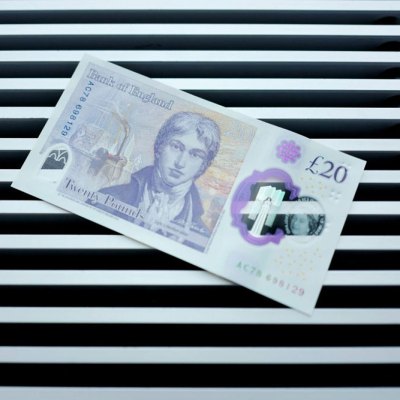The Bank of England is not an organisation known for its revolutionary spirit. But, in an announcement this week about its plans for the next tranche of banknotes, it proposed not one but two rather innovative ideas. The first is that the public will be able to have their say on what designs will grace our legal tender in the coming years. The second is that the bank is considering widening its brief to feature not merely the usual historical figures – Dickens, Turner, Newton, Nightingale and the like – but also pictures of famous landmarks, significant inventions, the British landscape, cultural and sporting moments, and so on.
The bank specifies that any suggestions must symbolise the UK, be immediately recognisable to the public and not be ‘divisive’. Unfortunately, this very suggestion has already turned out to be rather divisive, having prompted consternation from figures including Jacob Rees-Mogg, who sees the possibility of putting something other than a person on our banknotes as ‘a supine kowtowing to the gods of political correctness’.
But your roving correspondent sees in this move a plethora of new possibilities. Of course, if it were solely up to Rakewell, all four denominations would honour William Hogarth, an artist to whom we owe much, or his well-named character Tom Rakewell, either with a portrait of the artist or some of Rakewell’s favourite scenes – perhaps the one from the Rose Tavern brothel, which would certainly add a frisson to your trips to the corner shop.

Perhaps that is a little-self-centred, however. When Victoria Cleland, the Bank of England’s chief cashier, announced this plan, she referred to banknotes as ‘little pieces of art in our pocket’. This raises the question: why not take her at her word and ask British artists to design the new notes? It seems unlikely given that the bank’s online ‘consultation’ form does not allow for much room to get creative, taking the form of a series of tick-boxes and a 100-character box in which to write alternative suggestions. But Rakewell can dream: imagine reaching into your pocket and pulling out a Damien Hirst-designed tenner, perhaps a little glass box in which your cash floats around in formaldehyde; a Hockney banknote, drawn up on his iPad; or a note designed by Bridget Riley, all mind-bending lines with no numbers or text. Perhaps a land artist such as Andy Goldsworthy, who uses natural materials in his work, might be able to disprove the adage that money doesn’t grow on trees. A Cornelia Parker note in the form of a pot or a pan would be a little cumbersome in the pocket, whereas a Michael Landy one would surely be the easiest to carry around, given that it would have been destroyed immediately after printing.
These options would all be much more inconvenient and expensive than the current lightweight slips of polymer, but at least they would pay tribute to Britain’s artistic contributions to the world in a way that our banknotes thus far have not – with Turner the only artist to have been featured. More to the point, these banknotes will not be rolled out for a few years anyway and, seeing as cash is dying a slow death, perhaps this whole endeavour will end up being rather pointless – just a fuss about noting.
